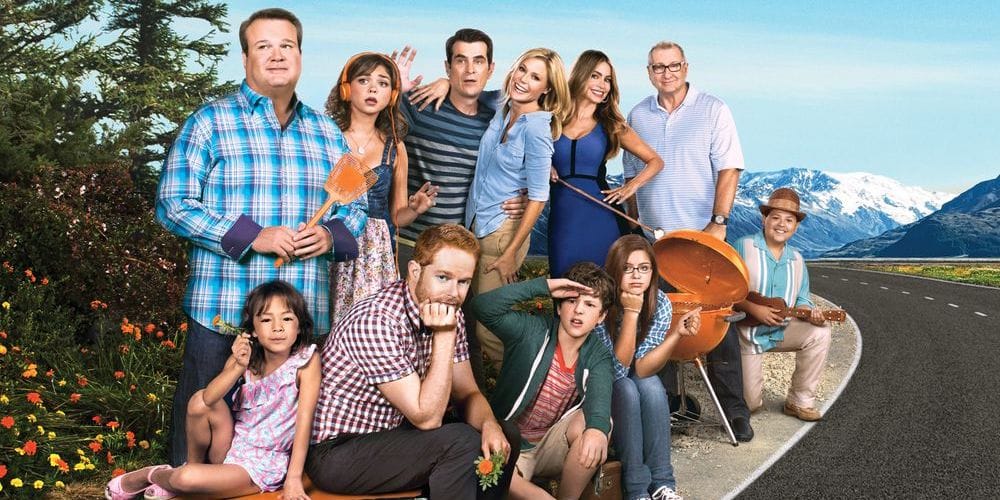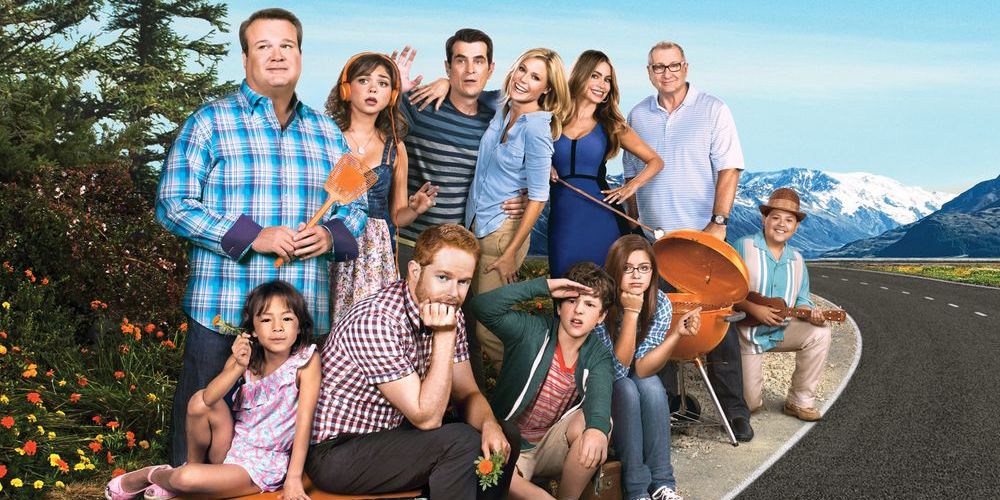Sitcoms: The Crux of Comedy and Comfort
Why is it that, when looking for comfort shows, we usually turn to sitcoms? Assistant Arts & Living Editor Madeline Lawson ’25 analyzes the conventions of television’s most binge-able genre and how streaming reinforces the place of nostalgic sitcoms in pop culture.


Why is it that, when looking for comfort shows, we usually turn to sitcoms? Why are “Friends” and “The Office” two of the biggest cult shows of all time, remaining in pop culture years after they originally aired? The typical sitcom is easily digestible, usually with stand-alone episodes and a plot that is easy to catch up on, so new fans don’t have to learn much to jump into the show. While the number of sitcoms airing has declined in past years, classic sitcoms are widely available on streaming platforms, advertised under the “Feel-Good TV” and “Bingeable” categories.
I spent a good part of winter break binging sitcoms, specifically “Modern Family” and “The Middle.” “Modern Family” is one of the classic sitcoms of the last decade, following the everyday hijinks and of three separate family units. It ran for 11 seasons, ending in 2020. I began watching it in the sixth season with no practically no confusion, and I could binge four episodes in a row without noticing how much time had passed. “The Middle” is a more niche sitcom than “Modern Family,” never achieving the same level of popularity despite running for nine seasons. It follows a working-class Indiana family and their financial and personal struggles. Beyond their shared family settings, both of these shows have humorous and easy-going tones, as do many other sitcoms, even those with entirely different premises.
Most sitcoms follow a specific formula. Episodes are typically self-contained (though there are callbacks to previous story lines), and the aim is comedy, not major character growth. The lack of character development is intentional — a strategy that contributes to the bingeability of these shows. Additionally, sitcoms often have two or three plot lines in one story, with every conflict resolved by the end of the episode. While there are notable exceptions to this (“The Good Place” comes to mind, as it is a sitcom with a specific plotline that has to be watched from the beginning), the vast majority of sitcoms follow this same formula whether they last from one season or over a decade.
How do these shows go on for so long, and with such considerable notoriety, when they have such similar foundations? While they may change settings or situations, most sitcoms have the same recognizable, lighthearted mood. Their conflicts are only slightly stressful, lasting no longer than the span of one episode. That is exactly why they continue to be so many people’s comfort shows. People could watch an episode of “Parks and Recreation” without seeing any of the previous seasons, and still feel a sense of familiarity with the show.
There is an abundance of sitcoms, and while many — such as “Santa Clarita Diet” and “Freaks and Geeks” — are canceled after just a few seasons, others have gone on to dominate pop culture for decades. In the case of “Friends,” viewers were clamoring for a reunion even after 10 seasons. The widespread acclaim of these shows demonstrates that the audience’s love of sitcoms is not about their setting or plot, but about characters and how much viewers resonate with them. Characters often follow established archetypes, contributing to the familiar feel of sitcoms. We don’t really care about the plot of the show, only about the characters’ reactions. No matter how many implausible situations we see our characters get into, we want to watch them in even crazier conflicts.
Sitcoms remain go-to shows to binge for many people. In the age of streaming, one might expect the popularity of sitcoms to decline, seeing as their main appeal was a new episode once a week, with plenty of time to watch other shows and build anticipation for the next episode. Instead, classic sitcoms are more popular than ever. Since viewers do not have to wait for them to air on cable or purchase multiple DVD sets, the shows are even easier to enjoy now.
The tendency to rewatch old sitcoms may hurt newer sitcoms, however. Although one might expect streaming to help promote new shows by offering recommendations based on viewers’ preferences, streaming makes it much easier for audiences to remain with their favorite media. Streaming services are creating sitcom reboots in an attempt to cash in on the viewers' nostalgia, as well as to promote their services. HBO Max did this well: their entire appeal was that they would have “Friends” available alongside a cast reunion, rather than the new shows that would be on the platform. New shows have difficulty breaking out among shows that already have a place in the public sphere, as viewers are less likely to give them a try, turning instead to those cherished shows that never seem to get old.





Comments ()